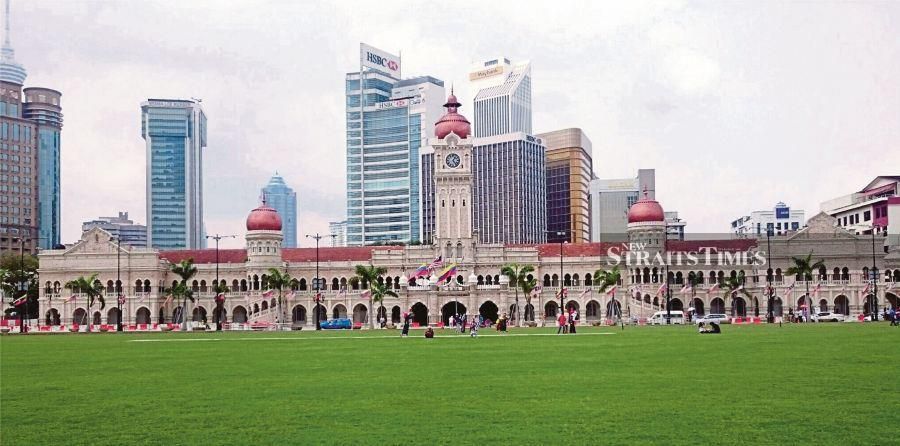THE emergence of the new shouldn't justify the extinction of the old. This is a royal idea whose time has come.
Put another way, preserve heritage and tradition because they, too, have their place in this fast modernising world. Yang di-Pertuan Agong Al-Sultan Abdullah Ri'ayatuddin Al-Mustafa Billah Shah made the call at the proclamation ceremony of the Municipal Council of the Royal Town of Pekan, a town that has hosted more than a century of history.
The Royal Town of Pekan has done a good job of making it possible for time past and time present to mix and match. When we are there, sometimes, it is hard to tell in which time frame we are. Well done, Pekan.
Other towns and cities must do the same. Kuala Lumpur has expended a fair effort, but it could do more. A salutary job is the preservation of the Carcosa Seri Negara mansion, where the idea of an independent Malaya took shape in the form of the Federal Constitution.
One account says Carcosa, built in 1896, hosted two years of drafting as the founding fathers of the nation met there to shape the defining document of the country. That is one important history the present must preserve. Yes, today we are Malaysia, but the fact that we were once Malaya must be remembered.
Another "forget-me-not" is the Sultan Abdul Samad Building in Dataran Merdeka. If the Petronas Twin Towers, the world's tallest twin building, is a marvel of modern architecture, the Sultan Abdul Samad Building is a blast from a Mughal past. Both are the most photographed buildings.
We are glad that these two period buildings have been allowed to co-exist, though at some distance. Call it space giving time its due. Two histories, Mughal and Malaysian, coming together in one national space. Architecture often does this.
There are other notable buildings elsewhere, but they are a tale of dilapidation. Many of them are pre-war shophouses. From Kedah to Johor and everywhere in between, there are clusters of them. They, too, have hosted a wealth of history and must be preserved. But the problem is their owners. Either they are no longer around or are in no financial position to give them a facelift.
Local authorities throughout the country have tried getting the owners to stop the rot. But they have had very little success. There are three measures that local authorities can adopt. One is to clean up the property to make it safe and pleasing to the eyes. This will eat into the coffers of the local authorities, but the bill will eventually be paid by the owners.
Two, local authorities are empowered in the extreme cases — where property taxes and penalties remain unpaid for years — to auction off the property. This they must do.
As for others who are not in a financial position to finance the preservation cost, our third measure is for local authorities to follow Washington County's effort in preserving history.
There, in January this year, the local authority established the Rural Homestead Small Town Preservation Grant to help owners of historic properties fund the preservation costs.
True, preserving history is expensive, but to let history die is even more expensive. Remember this: time past gives time present the context it needs. Without context, it is hard to tell the time.





